How to Fix Windows Computer Sound Errors
Fix sound loss issue

Use the troubleshooter. Windows computers come with a built-in troubleshooter that can help you fix many audio errors. You need to click on the window icon located in the lower left corner of the screen. Click "Control Panel". On the Control Panel, click "Troubleshooting" then click "Hardware and Sound". Next, click on the "Troubleshoot audio playback" option. The computer will ask a series of questions to help the troubleshooter detect the cause of the audio error. You can fix most audio errors using the Windows operating system troubleshooter.

Check the sound card. A sound card is something you need to install on your Windows operating system so your computer can emit sound. If you don't hear sound, you need to check if your device has a sound card and is installed properly.
Click the search bar in the lower right corner of your computer's screen. Type "Device Manager" into the search bar. This opens Device Manager so you can check your sound card.
Next, click "Sound, video and game controllers". If the sound card appears in the list, it is already installed. So the sound error arises from another cause. If the sound card does not appear in the list, you may have to purchase and install the sound card yourself. The device manufacturer's instructions will give advice on how to do this.

Check the plug wire. Check the wires connecting speakers, headphones, microphones, or other devices to the computer or laptop. It is not uncommon for cords to become unplugged or become loose during computer use. If the plug is unplugged, this may be the cause of the audio error. You need to reconnect the loose wire to see if the computer's sound has improved or not.
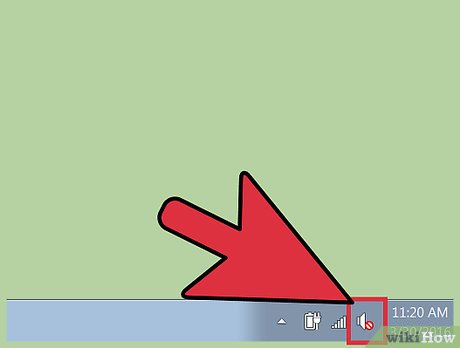
Check the volume. It's possible that the volume is very low or has been turned off. This can make it difficult for you to hear sounds coming from your computer.
Again use the search bar in the bottom right corner of the screen. Type "Adjust speaker volume" in the search box and click the icon that appears. Drag the slider to increase the volume to see if you can hear better.
You may have to use the volume adjustment feature of many different programs. Windows Media Player has its own volume control, just like other external speakers you are using. Some websites like YouTube also have separate volume adjustment features. You need to check if the volume of those programs is turned off or too low.
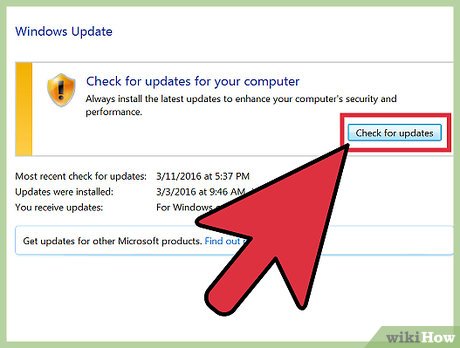
Check for updates. Sometimes, your sound card may not be compatible with Windows software. In this case, installing the necessary updates may help resolve the issue. There are many ways to install updates.
Windows Update is a software update feature that helps fix errors and fix problems. This is probably the easiest way to install updates. Just click "Install updates" when asked. You can also check for updates by going to Windows Update through Control Panel. This is how your software stays up to date and can fix any audio errors.
In some cases, you may have to install the driver or sound card manually. If you buy a device from an outside manufacturer, you usually have to install and update it yourself. The manufacturer's instructions for each specific sound card provide information on installation.
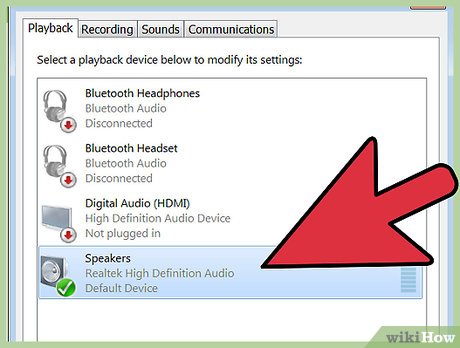
Check which speech device is selected. If you don't hear sound from your computer, it's probably because you chose the wrong audio device. For example, if your computer is set up to play audio through headphones, you may not hear sound coming from the external speakers. Click "start" to test the output device. Then type "sound" into the search bar.
Click "Playback". Check to see if you have selected a speech device for your computer. If you see a device other than the one you are using, this may be the cause of the audio loss error.
You just need to select the device you are using as the playback device. Usually you will hear a sound immediately afterward.
Adjust audio errors
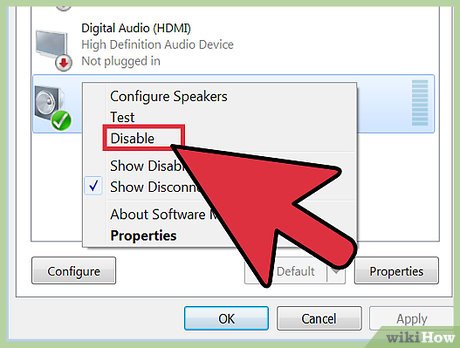
Adjust crackling or distorted sounds. Sometimes, you can still hear the sound, but it's distorted or crackling. In this case, you can try the following to fix the problem.
First, check the speakers. Make sure that you have plugged the speakers into your computer properly. If the plug is loose, this may affect the sound.
Check where the speaker is plugged in. There are plenty of jacks on the back of the computer to plug in speakers. Choosing the wrong jack can cause the sound to crackle. Try switching the jack you are using to see if the situation improves.
If you don't really need external speakers, you can try turning them off and just using your computer's built-in sound system. Your speakers may not be of the desired quality or simply not compatible with your computer or laptop.
Make sure your plug wires are not damaged. Damaged plug wires may cause audio distortion and will need to be replaced.
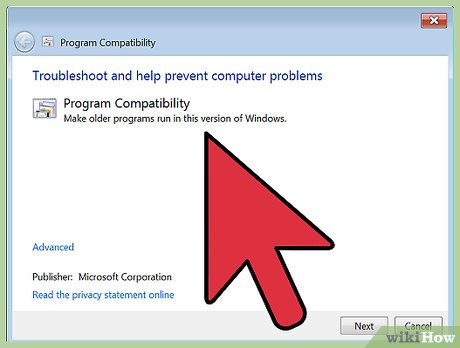
Check your sound card's compatibility with Windows. Your sound card may not be compatible with the version of Windows you are using. Previously, you could go to Windows Compatibility Center. This website provides a long list of devices and software to help you know which version of Windows operating system your sound card is compatible with. However, this website was recently taken down. The Windows Compatibility Center home page URL now automatically redirects to the Windows home page. Although Microsoft has removed the Windows Compatibility Center page, you can still check the compatibility of your Windows 10 device with the Get Windows 10 application or manually run the Windows 10 Compatibility Appraiser. If the sound card is not compatible, you may have to invest in a new card. Remember that you can always check if the sound card is installed by going to Device Manager.
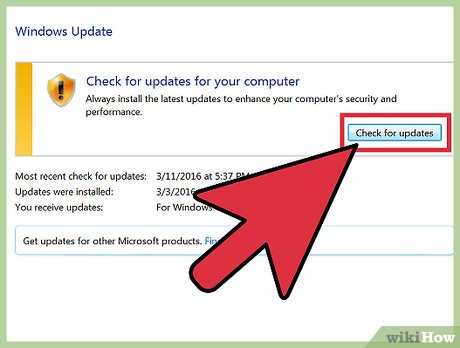
Helps Windows recognize the sound card. Sometimes, the Windows operating system cannot recognize your sound card. If this happens, you can fix the error in a variety of ways.
Try using Windows Update in Control Panel to update the software. Typically, Windows Update updates your software once a week. However, you need to manually check for updates by searching for "Windows Update" in Control Panel. If you see a message that you can download updates, this may be the cause of the audio error.
You should also download any discs and software that come with the driver. You may have to install some necessary software for your sound card to function properly.
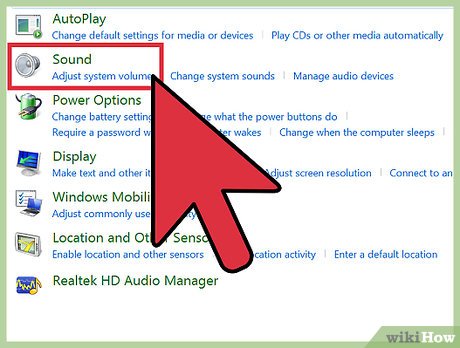
Fixed an issue with sound coming from an external device. If you're having trouble getting your microphone, speakers, or other audio device to speak from your computer, it might be due to the audio jack you're using. Most computers and laptops have a variety of audio jacks that you can use to plug in audio devices. Plugging the device into the wrong jack will affect the volume, so you can try switching the jack. If that doesn't work, you should check to see if there's a problem with the jack.
You can check if there is a problem with the jack by clicking "Start" in the lower left corner of your computer. Next, click Control Panel and type "sound". If you are testing the microphone, click "microphone". If you are testing another jack, click "line in" or "line out". The line-in jack is blue and the line-out jack is green.
Then you can click Levels. You will see a small button shaped like a speaker. If you see a red slash in the speaker, the sound is turned off. You can click the button to unmute.
Show the volume or sound icon again
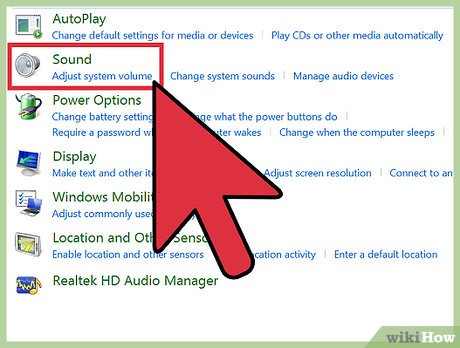
Go to Sounds and Audio Devices from Control Panel. Sometimes, you may have accidentally hidden the sound or volume icon from your desktop without knowing it. This makes it difficult to control or adjust the volume. If you use the Windows XP operating system, you can access the device from your Control Panel.
Click the "Start" menu at the bottom of your computer. Click Control Panel here.
Click the "Sounds and Audio Devices" icon.
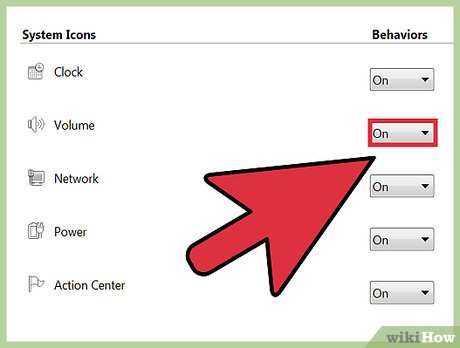
Check the "Place volume icon in the task bar" section. After clicking "Sounds and Devices", a screen will appear. Click the "volume" tab at the top of the screen. You will see the "Place volume icon in the task bar" dialog box. Click that dialog box. Your volume icon will reappear.
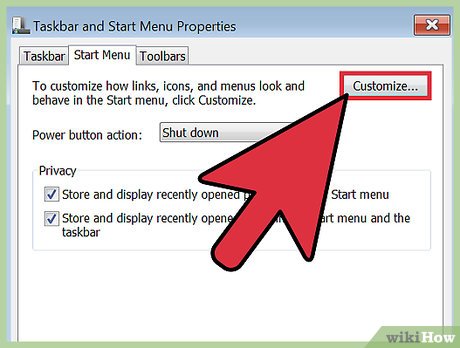
Customize the taskbar. The Windows 7 operating system has a task bar that is a small triangle containing settings such as volume. If you want volume to be a separate setting, you'll have to customize your taskbar. First, right-click on the triangle and then click on the "properties" option.
The "Taskbar and Start Menu Properties" dialog box will be displayed. Click the "customize" icon in this dialog box.
On the next screen, you will see many different options. There will usually be a scroll-down menu next to "volume". Make sure you have switched "volume" to On. This step helps display the volume icon on your desktop.
You should read it
- How to fix sound errors on Realtek Onboard sound card
- How to fix the error of computer losing sound, laptop has no sound
- How to fix sound errors on Windows 10, fix Windows 10 sound errors
- How to adjust YouTube audio on Firefox
- 4 steps to troubleshoot audio loss in Windows
- Fixed a bug with the speaker icon with a red X, the computer has no sound
- How to fix errors without sound in Ubuntu
- How to fix audio loss sound issue on Windows 10
May be interested
- Fixed a bug with the speaker icon with a red X, the computer has no sound
 if you see a red x icon on the volume icon in the system tray, you cannot use the audio device. take a look at the following 4 ways to fix it!
if you see a red x icon on the volume icon in the system tray, you cannot use the audio device. take a look at the following 4 ways to fix it! - Ways to troubleshoot audio on Windows 10
 some computers after upgrading to windows 10 version have audio loss problems. we can check the audio device connectors with the computer, or adjust the audio settings on the operating system.
some computers after upgrading to windows 10 version have audio loss problems. we can check the audio device connectors with the computer, or adjust the audio settings on the operating system. - How to fix errors without sound in Ubuntu
 a problem that ubuntu users often encounter after installing or upgrading ubuntun to the new version is that it currently loses sound, no sound. there are many reasons for this error as possible because the wrong configuration in speaker settings or hardware is not well supported.
a problem that ubuntu users often encounter after installing or upgrading ubuntun to the new version is that it currently loses sound, no sound. there are many reasons for this error as possible because the wrong configuration in speaker settings or hardware is not well supported. - How to Update Sound Drivers
 if the sound on your windows computer suddenly stops working, you may need to update your sound card, or sound card driver. sound cards are designed to process and distribute your computer's sound information to audio devices, such as...
if the sound on your windows computer suddenly stops working, you may need to update your sound card, or sound card driver. sound cards are designed to process and distribute your computer's sound information to audio devices, such as... - 8 steps to fix sound loss problem in Windows
 losing sound on computers is a problem that occurs quite often and there are many ways to fix sound loss on windows. in this article, tipsmake.com.com will tell you 4 methods to fix the error of not hearing sound on your computer.
losing sound on computers is a problem that occurs quite often and there are many ways to fix sound loss on windows. in this article, tipsmake.com.com will tell you 4 methods to fix the error of not hearing sound on your computer. - Sound Booster error and how to fix it when using it
 sound booster is one of the best software to increase computer speaker volume, however, while using sound booster, users encounter some small errors that they don't know how to fix.
sound booster is one of the best software to increase computer speaker volume, however, while using sound booster, users encounter some small errors that they don't know how to fix. - Common errors on computer speakers and how to fix them
 the loud buzzing errors when opening up, the sound is not clear, or the speaker is shrill, ... will affect your experience. therefore, we have synthesized all common errors on computer speakers and corresponding remedies for you to repair yourself at home if unfortunately encountered.
the loud buzzing errors when opening up, the sound is not clear, or the speaker is shrill, ... will affect your experience. therefore, we have synthesized all common errors on computer speakers and corresponding remedies for you to repair yourself at home if unfortunately encountered. - How to Resolve No Sound on Windows Computer
 this wikihow teaches you how to solve some common issues that result in no sound output on windows computers. keep in mind that your computer's issue might be too complicated to diagnose and fix on your own, in which case you'll need to...
this wikihow teaches you how to solve some common issues that result in no sound output on windows computers. keep in mind that your computer's issue might be too complicated to diagnose and fix on your own, in which case you'll need to... - 20 ways to fix computer sound loss error on Windows 10
 refer now 20 ways to fix computer sound loss error on windows 10 when your computer suddenly loses sound, fast, easy to do.
refer now 20 ways to fix computer sound loss error on windows 10 when your computer suddenly loses sound, fast, easy to do. - How to fix Computer loss sound after Windows 10 Update
 there is nothing worse than opening a netflix game or movie on a windows 10 computer and discovering that no sound comes out even if you turn on the speaker and turn up the volume to full.
there is nothing worse than opening a netflix game or movie on a windows 10 computer and discovering that no sound comes out even if you turn on the speaker and turn up the volume to full.









 How to Fix Blue Screen Error on Windows
How to Fix Blue Screen Error on Windows How to Use Remote Desktop on Windows 7
How to Use Remote Desktop on Windows 7 How to Use Regedit
How to Use Regedit How to Use Microsoft Paint in Windows
How to Use Microsoft Paint in Windows How to Use System Restore on Windows 7
How to Use System Restore on Windows 7 How to Copy Files in Command Prompt
How to Copy Files in Command Prompt